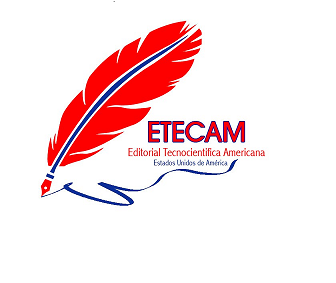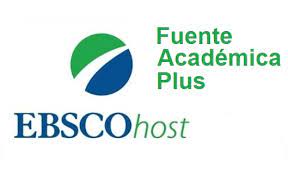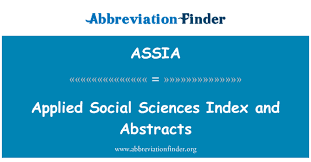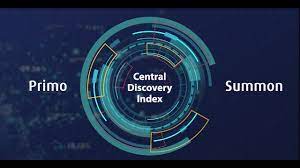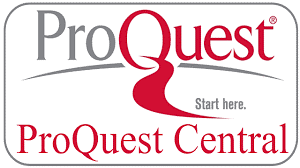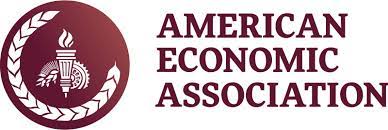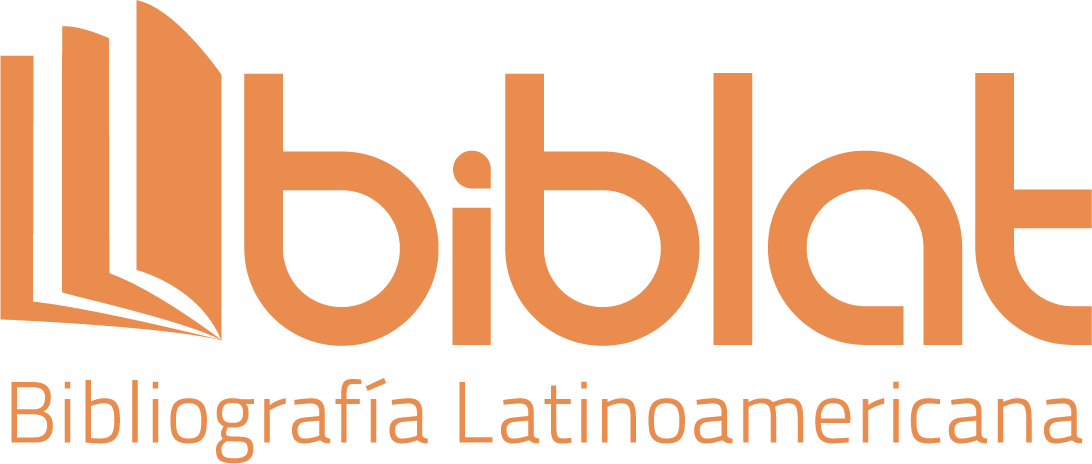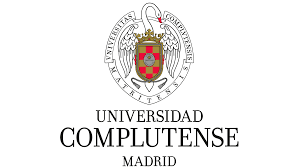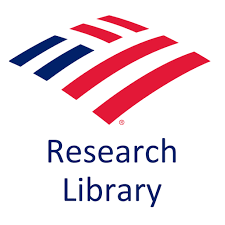Neurodidactic strategy for the development of reading skills in students of third year of General Basic Education
DOI:
https://doi.org/10.51736/sa.v6i4.164Keywords:
reading skills, neurodidactics, pedagogical strategy, reading comprehension, basic education.Abstract
Promoting the development of reading skills in third grade students of General Basic Education is of vital relevance for their academic training and cognitive development. The present study aimed to design a neurodidactic strategy to improve the reading skills of students at the "America and Spain" School. The sample consisted of 33 third year EGB students and 10 teachers from the same institution. Research methods and techniques employed included student surveys, teacher interviews, review of school documents, curricula and teaching materials, as well as validation of the strategy by a panel of experts in neurodidactics, pedagogy and children's literature. The results revealed the existence of significant challenges in the development of reading skills among students, including difficulties in comprehension, reading speed and motivation. Reading preferences leaned toward stories and narrative, and needs for teacher training and access to adequate resources were identified. The neurodidactic strategy designed incorporated principles of linguistic and cultural diversity, promotion of effective oral communication, autonomous reading, development of thinking skills, use of technological resources and classroom library, among others. The expert evaluation highlighted the relevance of the objectives and the appropriateness of the teaching materials. This study sheds light on the importance of addressing challenges in reading instruction and offers a comprehensive strategy supported by neurodidactics to improve reading skills in third year GBS students.
Downloads
References
Alfaro, J. E., & Santibáñez, J. D. (2015). Diseño y propiedades psicométricas de un instrumento para evaluar habilidades de comprensión lectora en estudiantes de tercer año básico. Estudios pedagógicos (Valdivia), 41(2), 9-23.
Calet, N., Flores, M., Jiménez-Fernández, G., & Defior, S. (2016). Habilidades fonológicas suprasegmentales y desarrollo lector en niños de Educación Primaria. Anales de Psicología/Annals of Psychology, 32(1), 72-79.
Calzadilla-Pérez, O. O., & Carvajal, C. A. (2022). Del conocimiento neurocientífico a la neurodidáctica en la educación parvularia y sus docentes: revisión sistemática. Revista Universidad y Sociedad, 14(6), 185-197.
Casasola, W. (2022). La neurodidáctica en los procesos de enseñanza y aprendizaje ¿un nuevo paradigma en educación? Revista Científica Arbitrada de la Fundación MenteClara, 7 (268). https://doi.org/10.32351/rca.v7.268
Carballar, R., Martín-Lobo, P., & Gámez, A. M. (2017). Relación entre habilidades neuropsicológicas y comprensión lectora en Educación Primaria. Cuadernos de Investigación Educativa, 8(2), 49-59.
Carrillo-García, M. E., & Martínez-Ezquerro, A. (2018). Neurodidáctica de la Lengua y la Literatura. Revista Iberoamericana de Educación, 78(1), 149-164.
Chávez Chávez, L. M., & Chávez Baca, R. L. (2020). Neurodidáctica como alternativa innovadora para optimizar el aprendizaje. Revista Varela, 20(56), 145–157. http://www.revistavarela.uclv.edu.cu/index.php/rv/article/view/17
Ecuador (2016). Currículo de los niveles de educación obligatoria. Ministerio de Educación, 1-1320.
Elosúa, M. R., García-Madruga, J. A., Gómez-Veiga, I., López-Escribano, C., Pérez, E., & Orjales, I. (2012). Habilidades lectoras y rendimiento académico en 3 y 6 de primaria: aspectos evolutivos y educativos. Estudios de Psicología, 33(2), 207-218. https://doi.org/10.1174/021093912800676411
Flores-Crespo, P., Blanco, E., Cárdenas, S., Cordero, G., Díaz-Barriga, F., Jiménez, Y., ... & Ornelas, C. (2016). ¿Por qué no mejora la calidad de la educación básica? Revista mexicana de investigación educativa, 21(71), 1295-1303.
García, S. N. P. (2019). El desafío de la comprensión lectora en la educación primaria. Panorama, 13(24), 42-56.
Hoyos, M. P., & Gallego, T. M. (2017). Desarrollo de habilidades de comprensión lectora en niños y niñas de la básica primaria. Revista Virtual Universidad Católica del Norte, 0(51), 23-45.
Muchiut, Á. F., Zapata, R. B., Comba, A., Mari, M., Torres, N., Pellizardi, J., & Segovia, A. P. (2018). Neurodidáctica y autorregulación del aprendizaje, un camino de la teoría a la práctica. Revista Iberoamericana de Educación, 78(1), 205-219.
Noriega. (2021). Habilidades lectoras en la primera infancia. Casso.
Pedraza, S., Santander, P., & Cuentas, H. (2023). Estrategias Neurodidácticas para el fortalecimiento de los Niveles de Comprensión Lectora. Revista InveCom, 4(1), 1–19. https://doi.org/10.5281/zenodo.8317408
Prensky, M. (2015). Enseñar a nativos digitales. Ediciones SM.
Raban, B. (2022). La lectura y el desarrollo del pensamiento. Louis.
Sánchez, C. E., & Calle, X. (2019). Estrategias innovadoras en la planificación curricular, un reto de la educación contemporánea. Revista de Ciencias Humanísticas y Sociales (ReHuSo), 4(3), 43-54.
Vega, Y., Torres, A. M., & Campo, M. D. (2017). Habilidades metamorfológicas y su incidencia en la comprensión lectora. Revista signos, 50(95), 453-471.
Published
How to Cite
Issue
Section
License
Copyright (c) 2023 Amparo del Pilar Mallitasig Unapanta, Rossana Paola Solórzano Sánchez, Raisa Emilia Bernal Cerza

This work is licensed under a Creative Commons Attribution-NonCommercial-ShareAlike 3.0 Unported License.













